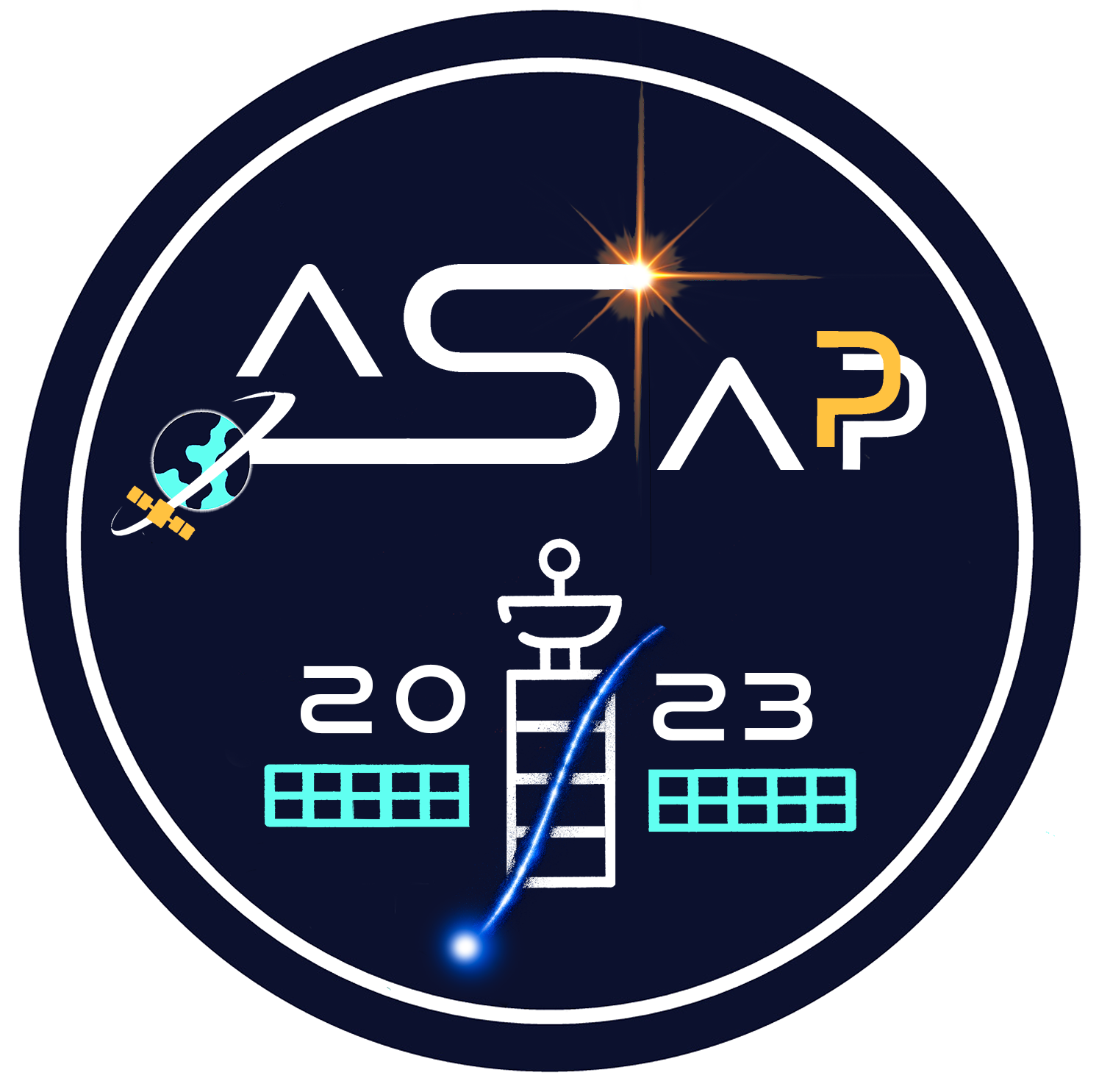Speakers
Description
Hybrid pixel detectors (HPD) of Timepix [1,2] technology have become increasingly interesting for space applications. While up to date, common space radiation monitors rely on silicon diodes, achieving particle (mainly electron and proton) separation by pulse-height analysis, detector stacking, shielding or electron removal by a magnetic field, the key advantage of HPDs is that, in addition to the energy deposition measurement, particle signatures in the sensor are seen as tracks with a rich set of features. These track characteristics can be exploited for identification of particle type, energy, and its trajectory. Determining these pieces of information on a single layer bypasses the need for sensor stacking or complex shielding geometries, so that HPD based space radiation devices provide science-class data with a large field of view at an order of magnitude lower weight and approximately half of the power consumption compared with commonly used space radiation monitors. The first Timepix (256 x 256 pixels, 55 µm pitch) used in open space is SATRAM (Space Application of Timepix Radiation Monitor), attached to the Proba-V satellite launched to low earth orbit (LEO, 820 km, sun-synchronous) in 2013. It will celebrate 10 years in orbit in May, 2023. During this time, it has been providing data for mapping out the fluxes of electrons and protons trapped in the Van-Allen radiation belts [3], e.g. by in-orbit maps of the ionizing dose rate dominated by electrons in polar horn regions, as well as protons in the South Atlantic Anomaly. Noiseless detection of individual particles allows to detect even rare signatures of highly ionizing events from galactic cosmic rays. In the present contribution, we will discuss different data analysis methodology, relying on extraction and characterization of track features, novel machine learning approaches (e.g. [5]) and using statistical interpolation. Based on the success of SATRAM, advanced and miniaturized space radiation monitors based on Timepix3 [2] and Timepix2 [4] technology have been developed for the European Space Agency (ESA). These will be flown on the GOMX-5 mission (launch in 2023) and used within the European Space Radiation Array.
Large area Timepix3 detectors (512 x 512 pixels, 55 µm pitch) were developed for the demonstrator of the penetrating particle analyzer [5] (mini.PAN), a compact magnetic spectrometer (MS) designed to measure the properties of cosmic rays in the 100 MeV/n – 20 GeV/n energy range in deep space with unprecedented accuracy, thus providing novel results to investigate the mechanisms of origin, acceleration and propagation of galactic cosmic rays and of solar energetic particles, and producing unique information for solar system exploration missions.
Precise per-pixel time measurement together with a high spatial segmentation allows its use a single layer Compton camera, thus making it an interesting tool also for directional gamma-ray detection and polarization measurement.
References:
[1] X. Llopart et al., NIM A 581 (2007), pp. 485-494.
[2] T. Poikela et al., JINST 9 (2014) C05013.
[3] St. Gohl et al., Advances in Space Research 63 (2019), Issue 1, pp. 1646-1660.
[4] W. Wong et al., Rad. Meas. 131 (2021), 106230.
[5] M. Ruffenach et al., in IEEE TNS 68 (2021), Issue 8, 1746-1753.
[6] X. Wu et al., Advances in Space Research, 63 (2019), Issue 8, pp 2672-2682.
